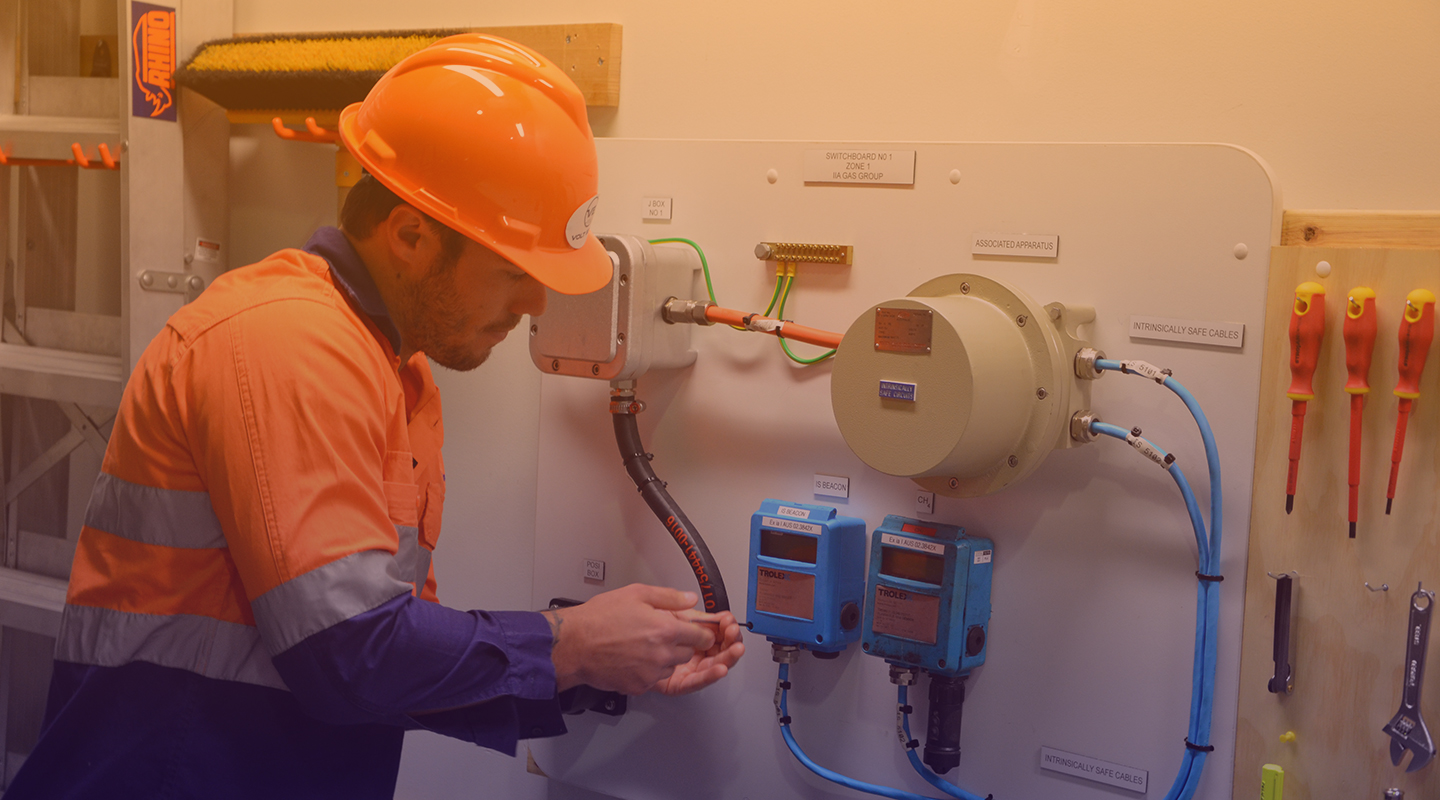The Facts About Roar Solutions Uncovered
The Facts About Roar Solutions Uncovered
Blog Article
Everything about Roar Solutions
Table of ContentsThe Facts About Roar Solutions UncoveredRumored Buzz on Roar SolutionsNot known Incorrect Statements About Roar Solutions
In order to protect installments from a possible surge an approach of analysing and categorizing a possibly unsafe location is called for. The function of this is to make sure the right option and setup of equipment to inevitably stop a surge and to make sure safety of life.
(https://myspace.com/roarsolutions)
No tools should be mounted where the surface temperature level of the equipment is better than the ignition temperature level of the offered hazard. Below are some usual dirt dangerous and their minimal ignition temperature level. Coal Dirt 380C 225C Polythene 420C (thaws) Methyl Cellulose 420C 320C Starch 460C 435C Flour 490C 340C Sugar 490C 460C Grain Dust 510C 300C Phenolic Resin 530C > 450C Aluminium 590C > 450C PVC 700C > 450C Residue 810C 570C The likelihood of the danger being present in a focus high enough to trigger an ignition will differ from place to place.
In order to categorize this risk an installment is split into locations of risk relying on the amount of time the dangerous is present. These locations are referred to as Areas. For gases and vapours and dusts and fibres there are three areas. Area 0 Area 20 A dangerous atmosphere is highly likely to be existing and may exist for lengthy periods of time (> 1000 hours per year) or even continually Zone 1 Zone 21 An unsafe atmosphere is possible yet unlikely to be present for long periods of time (> 10 450 C [842 F] A classification of T6 means the minimal ignition temperature is > 85 C [185 F] Harmful location electric devices perhaps created for use in greater ambient temperature levels. This would certainly suggested on the rating plate e.g. EExe II C T3 Ta + 60C( This means at 60C ambient T3 will certainly not be exceeded) T1 T1, T2, T3, T4, T5, T6 T2 T2, T3, T4, T5, T6 T3 T3, T4, T5, T6 T4 T4, T5, T6 T5 T5, T6 T6 T6 A T Class rating of T1 implies the optimum surface area temperature level produced by the instrument at 40 C is 450 C. Assuming the linked T Class and Temperature level ranking for the tools are suitable for the area, you can always utilize an instrument with a more stringent Division rating than required for the area. There isn't a clear answer to this question regrettably. It really does rely on the kind of equipment and what repair work require to be performed. Equipment with specific test procedures that can not be carried out in the field in order to achieve/maintain 3rd celebration ranking. Have to come back to the manufacturing facility if it is prior to the equipment's service. Area Fixing By Authorised Worker: Challenging screening may not be called for nonetheless particular procedures may need to be adhered to in order for the equipment to keep its 3rd party ranking. Authorized personnel must be utilized to perform the work properly Fixing need to be a like for like substitute. New component need to be thought about as a straight substitute calling for no unique screening of the devices after the repair service is total. Each tool with an unsafe score should be assessed individually. These are laid out at a high level below, however, for even more detailed information, please refer directly to the standards.
Getting My Roar Solutions To Work
The devices register is a detailed data source of equipment documents that consists of a minimum collection of fields to recognize each product's location, technical specifications, Ex category, age, and environmental information. This information is crucial for tracking and taking care of the tools efficiently within dangerous areas. On the other hand, for routine or RBI sampling inspections, the grade will be a combination of Detailed and Close evaluations. The ratio of Thorough to Close examinations will certainly be determined by the Equipment Danger, which is evaluated based upon ignition threat (the probability of a source of ignition versus the likelihood of a combustible environment )and the unsafe location classification
( Area 0, 1, or 2). This variation will additionally affect the resourcing requirements for work preparation. Once Great deals are specified, you can establish sampling strategies based upon the example size of each Great deal, which refers to the variety of arbitrary tools products to be inspected. To establish the called for sample size, 2 aspects need to be assessed: the size of the Lot and the group of inspection, which indicates the degree of effort that should be applied( lowered, normal, or raised )to the assessment of the Great deal. By combining the classification of evaluation with the Whole lot size, you can then establish the proper rejection requirements for an example, meaning the allowable variety of defective items found within that sample. For even more details on this procedure, please refer to the Energy Institute Standards. The IEC 60079 standard suggests that the optimum interval in between inspections ought her latest blog to not surpass three years. EEHA inspections will likewise be conducted outside of RBI projects as component of arranged upkeep and tools overhauls or repair work. These evaluations can be credited towards the RBI example sizes within the impacted Lots. EEHA inspections are performed to determine mistakes in electrical equipment. A weighted racking up system is necessary, as a single item of tools might have numerous faults, each with differing degrees of ignition danger. If the mixed score of both evaluations is less than two times the fault rating, the Great deal is deemed appropriate. If the Whole lot is still taken into consideration undesirable, it has to go through a complete examination or validation, which may set off more stringent assessment methods. Accepted Whole lot: The causes of any faults are determined. If a common failure setting is discovered, added devices may require maintenance. Mistakes are identified by extent( Safety, Stability, House cleaning ), ensuring that immediate concerns are assessed and addressed promptly to mitigate any effect on safety or operations. The EEHA database should track and tape the lifecycle of mistakes together with the restorative activities taken. Carrying out a durable Risk-Based Evaluation( RBI )approach is important for making certain conformity and safety and security in managing Electric Equipment in Hazardous Locations( EEHA) (electrical refresher course). Automated Mistake Rating and Lifecycle Monitoring: Easily handle mistakes and track their lifecycle to improve inspection accuracy. The introduction of this assistance for risk-based inspection better enhances Inspectivity's placement as a best-in-class option for regulatory compliance, in addition to for any kind of asset-centric examination usage instance. If you have an interest in finding out much more, we invite you to request a demonstration and discover how our remedy can transform your EEHA management procedures.
A Biased View of Roar Solutions

In terms of explosive threat, a harmful location is an environment in which an eruptive atmosphere is existing (or might be expected to be existing) in amounts that require special safety measures for the building, setup and usage of equipment. eeha courses. In this post we check out the challenges faced in the workplace, the danger control actions, and the required competencies to function securely
These materials can, in specific conditions, create explosive environments and these can have significant and awful repercussions. Many of us are familiar with the fire triangular eliminate any one of the three aspects and the fire can not take place, but what does this mean in the context of harmful locations?
In most circumstances, we can do little regarding the levels of oxygen airborne, yet we can have considerable impact on resources of ignition, as an example electrical devices. Unsafe areas are documented on the hazardous location category illustration and are identified on-site by the triangular "EX-SPOUSE" sign. Below, amongst other vital info, zones are split into 3 types relying on the danger, the chance and period that an eruptive ambience will certainly exist; Zone 0 or 20 is considered the most unsafe and Area 2 or 22 is deemed the least.
Report this page